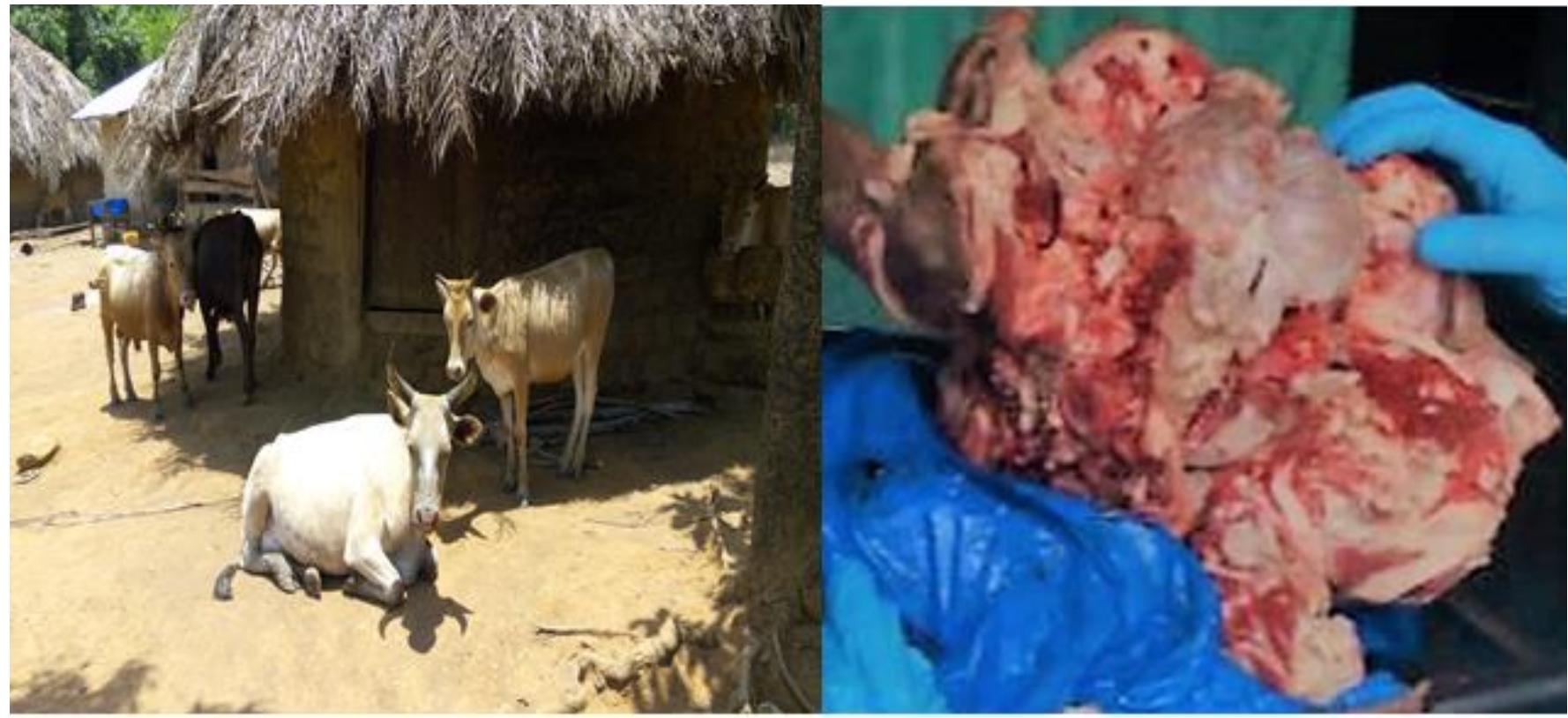Key research themes
1. How is artificial intelligence improving diagnostic accuracy and workflow in veterinary imaging?
This research area examines the application of AI and machine learning techniques to automate and enhance the evaluation of veterinary medical images, aiming to reduce subjectivity and improve diagnostic precision. AI methods such as deep learning, convolutional neural networks, and transfer learning are explored for tasks like image classification, object detection, and quality assessment in veterinary radiographs and scans.
2. What are the comparative strengths and limitations of CT and MRI in veterinary diagnostic imaging for different clinical conditions?
This theme focuses on empirical comparisons between computed tomography (CT) and magnetic resonance imaging (MRI) in veterinary patients, evaluating respective advantages in tissue contrast, anatomical detail, lesion characterization, and implications for diagnosis and treatment planning. Such comparative assessments inform modality selection based on clinical questions related to bony versus soft tissue visualization.
3. What emerging imaging modalities and specialized techniques enhance veterinary diagnostic precision in specific organ systems?
This research cluster investigates novel or advanced imaging technologies such as PET, PET/MRI hybrids, contrast-enhanced ultrasonography (CEUS), nuclear scintigraphy, and 3D reconstructions, assessing their capabilities to improve visualization, functional assessment, and disease characterization in targeted veterinary applications.

